Log in or create new account to save this product to your wishlist.
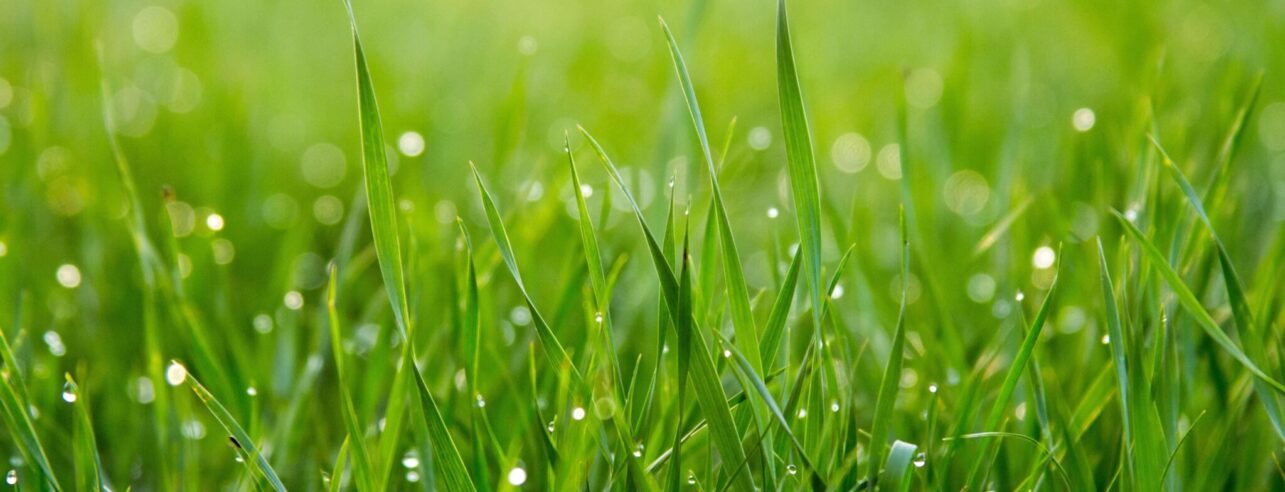
Is Grass A Plant?
When you hear the word 'plant', you may not immediately think of grass. But why is that? Should grass also be considered a plant?
🌱 All important maintenance moments for your lawn during the year. Leave your email and we will send you the lawn calendar for free.
Enter your email
Receive the lawn calendar in the mail
Enjoy a green lawn all year round!

- Order by 2PM = shipped today
- 250.000+ satisfied customers!
- 60 day satisfaction guarantee
The answer is Yes, grass is definitely a plant. In fact, grass is one of the most common plants in the world! It makes up almost 30% of all plant life on earth. Most grasses are from the Poaceae family, which has about 10,000 species.
Grasses are also considered one of the most important plant species in the world. Grasses are an important food source not only for grazing animals but also for us humans. Since 70% of the world’s farmland is used to grow crops, it is no exaggeration to say that the world would look very different without grass.
What is grass anyway?
Generally, grass is considered a low-growing, green, non-woody plant. It is found all over the world and grows on every continent on Earth; Antarctic hair grass is a member of the Poaceae family and one of only two flowering plants native to the southernmost continent.
One of the main characteristics of grasses is that they are monocotyledonous flowering plants. In layman’s terms, this means that each grass seed produces only one leaf.
Grasses are considered perennials and usually grow in soil. Their root system consists of many fine, fibrous roots and grasses do not have a single taproot.
Grasses are also well adapted for wind pollination. Grass pollen is incredibly light and is easily carried by air currents. In fact, wind pollination is the main way grasses grow and spread, as they do not have brightly coloured or strongly scented flowers to attract pollinators such as bees and birds.
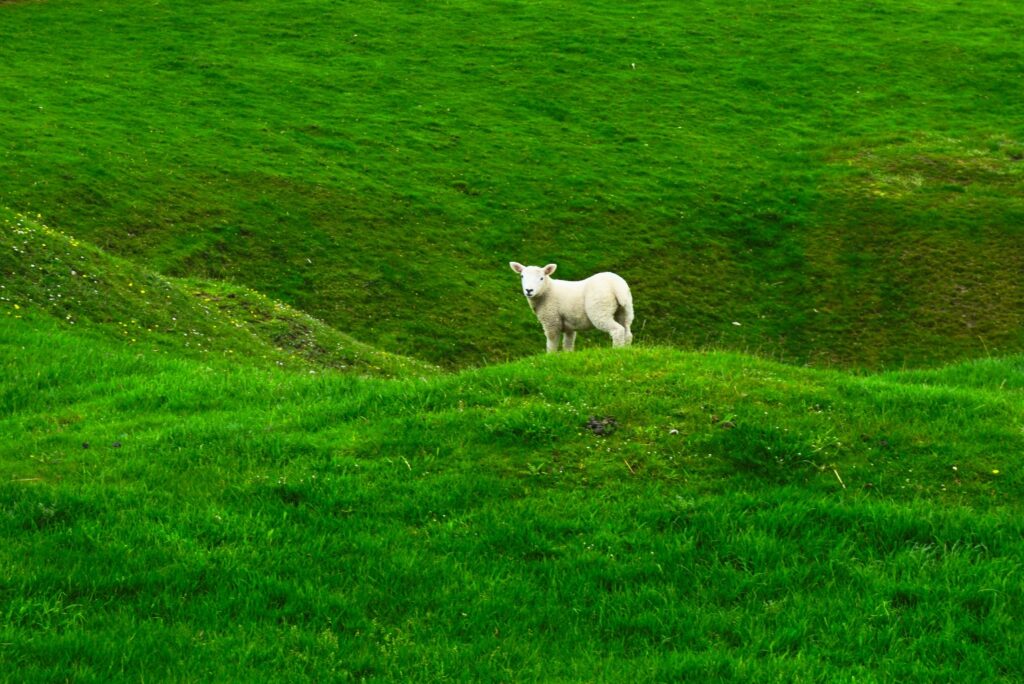
How many species of grasses are there?
In the Poaceae family alone, there are more than 10,000 species of grasses. Although some members of the sedge and rush families can be considered grasses, only these 10,000 species of the Poaceae family are considered true grasses.
In the United Kingdom, amidst its lush landscapes, a unique ensemble of grasses thrives in the temperate climate and fertile soils. While the global Poaceae family boasts over 10,000 grass species, the UK showcases its own set of familiar characters. English ryegrass (Lolium perenne), Meadow fescue (Festuca pratensis), and Common bentgrass (Agrostis capillaris) are among the green stalwarts that define the picturesque meadows and lawns of the British Isles.
What is the difference between grass and lawn?
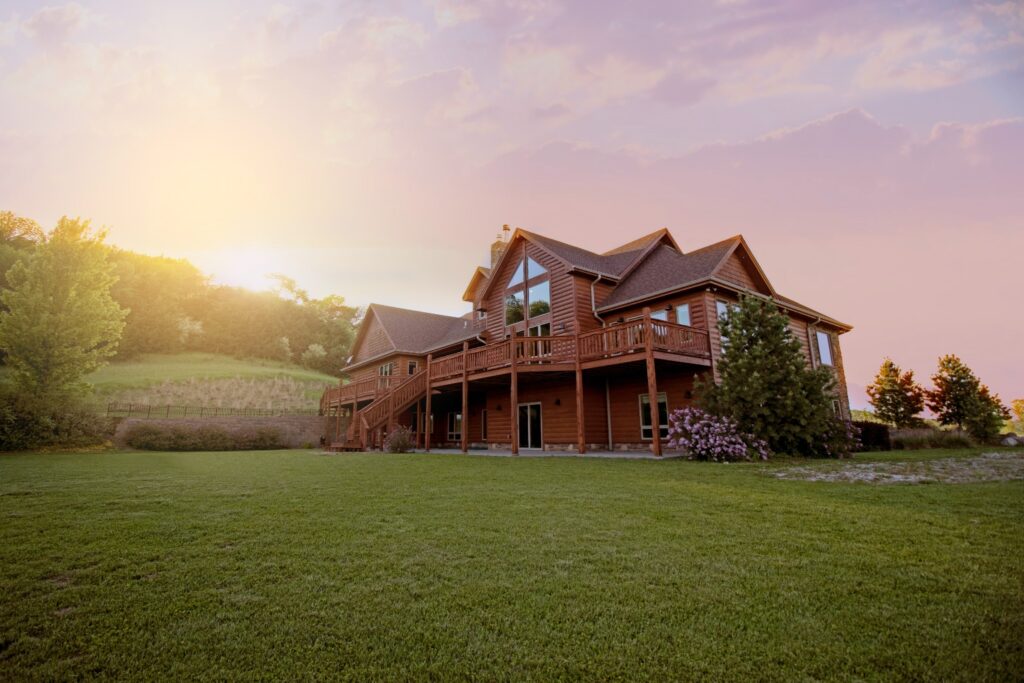
Grasses grow in many conditions and climates around the world. In domestic situations, grass is grown on a lawn.
A lawn is simply grass that is regularly maintained, such as mowing, trimming edges, and weeding to keep the grass short. There is not one type of grass grown exclusively in lawns; the grass grown in lawns varies depending on soil type, climate, and growing conditions of the area.
Lawns may be one of the best-known ways to grow grass, but the role and importance of lawns extend far beyond your front garden.
Whether you are talking about American prairies, Eurasian steppes, or African savannas, grasslands are vital to plant life worldwide. Grasslands often grow in between deserts and forests, in climates where there is not enough rain to make a forest thrive, but too much to make a desert.
But the role of grasslands goes beyond biodiversity alone. With their deep roots and fast-growing grasses, these areas store significant amounts of carbon in the soil, playing an important role in mitigating climate change. As reservoirs of green power, grasslands contribute to the global drive for a more sustainable and climate-resilient future.
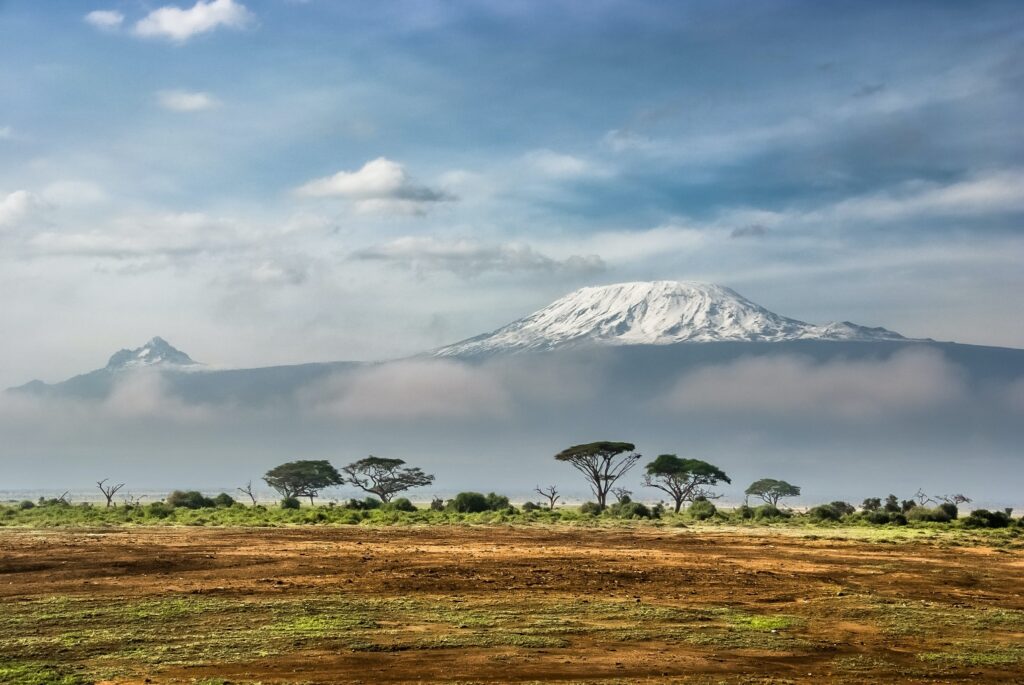
So, in short, grasses are much more than the familiar blades in your backyard. They form a vibrant, thriving pillar of global plant life and are invaluable to the balance and functioning of our world as we know it.
-
Zero-Waste Gardening – This is How You Do It!Did you know that the average person wastes between 100 and 150 kilos of food every year? That's why the concept of zero-waste gardening is becoming increasingly important for environmentally conscious gardeners that like to do their gardening greener.Read more
-
How to Master Tree Pollarding: A Practical GuidePretty dense! What might be an insult to some, is certainly a compliment to trees. Through pollarding, you can make sure, your trees have a dense crown of beautiful leaves.Read more
-
Get Ready: Here are 5 Garden Trends for 2025Curious about the latest garden trends for 2025? From smart solutions to sustainable choices, discover all the outdoor trends that are transforming British gardens!Read more
-
How to Care for Plants in Winter: A Simple GuideWhen winter comes around, the care requirements of your plants change. Find out, how to adjust the care routine for your plants.Read more
-
Companion Planting Made Easy: A Step-by-Step TutorialStrategic plant partnerships can solve common gardening problems like pest invasion and disappointing yields. Find out which plants are great together in our companion planting guide.Read more
-
How to Grow Sweet Potatoes in Your GardenWant to know something splendid? A single sweet potato plant can produce 5 to 10 pounds (4.54 kg) of nutritious tubers—plenty to keep your family’s pantry well-stocked for weeks!Read more
-
Revive Your Lawn After Winter With These Easy StepsTired of winter lawn damage? Discover how to repair brown spots, remove weeds, and revitalise your grass for a thriving garden this spring.Read more
-
A Complete Guide On Lighting for Your House PlantsAchieve perfect lighting for houseplants! This guide covers light mapping, plant placement, and grow light tips to help your plants flourish indoors.Read more
Leave a comment
Your answer will be displayed on the site and the interested party will be notified by email.
Leave a comment
Have a question or want to share your experience? Leave us a comment.

- Order by 2PM = shipped today
- 250.000+ satisfied customers!
- 60 day satisfaction guarantee

- Order by 2PM = shipped today
- 250.000+ satisfied customers!
- 60 day satisfaction guarantee

🌱 All important maintenance moments for your lawn during the year. Leave your email and we will send you the lawn calendar for free.
Enter your email
Receive the lawn calendar in the mail
Enjoy a green lawn all year round!





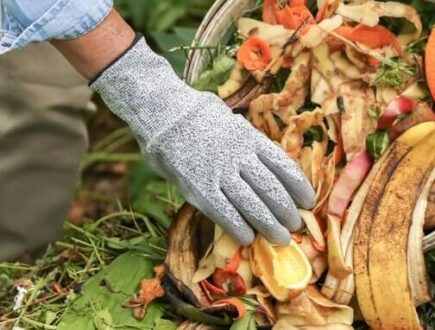
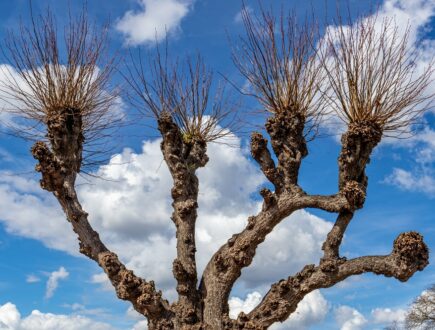
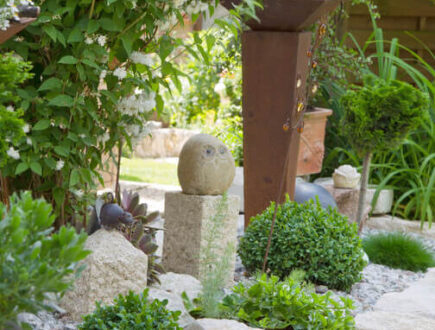
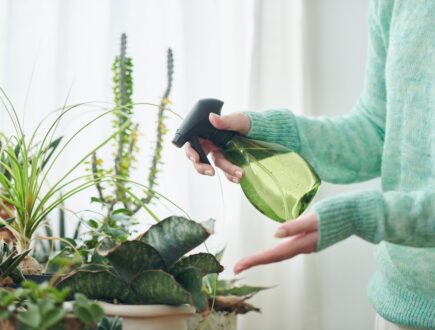
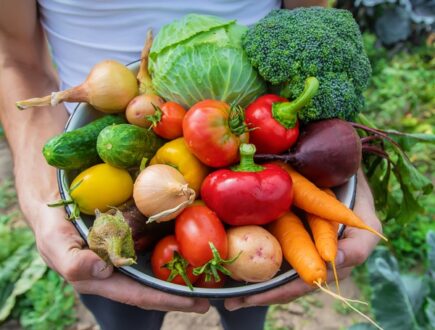
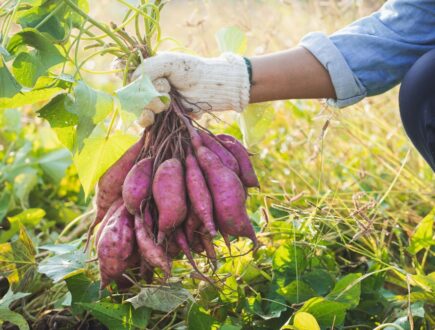
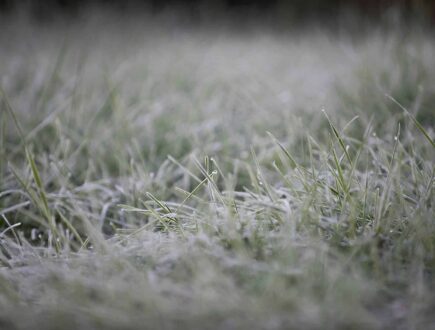
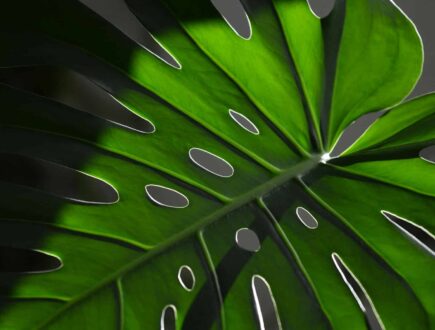









Comments (0)
There are no comments yet. Well then, what are you waiting for to
Be the first to write your comment!inaugurate this pretty page?
Do you have some comments?